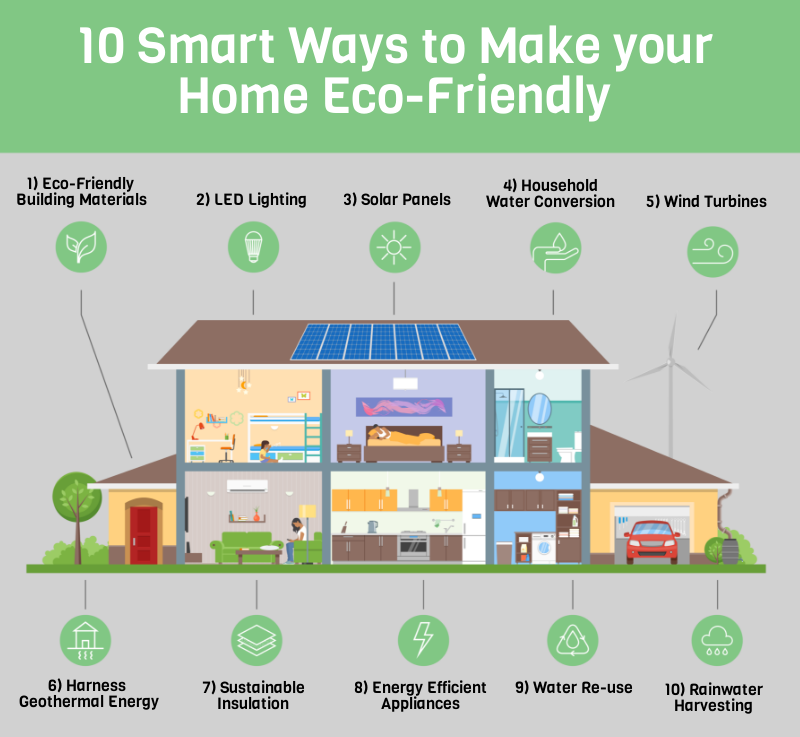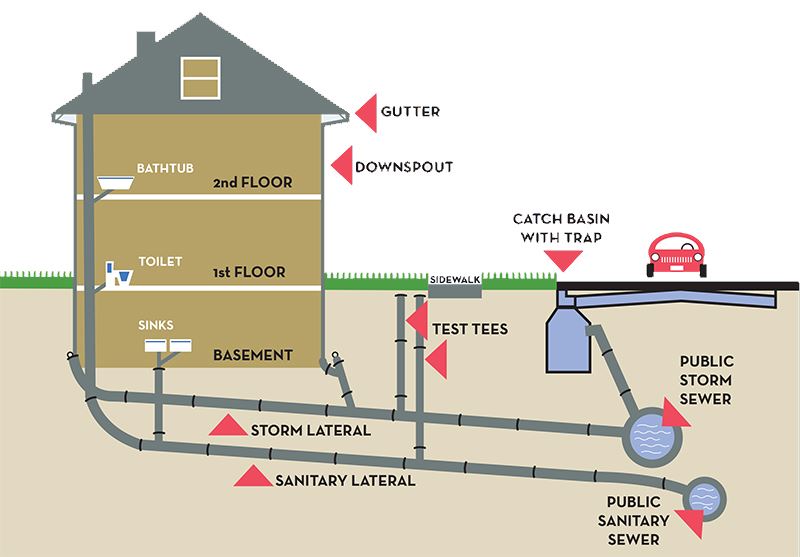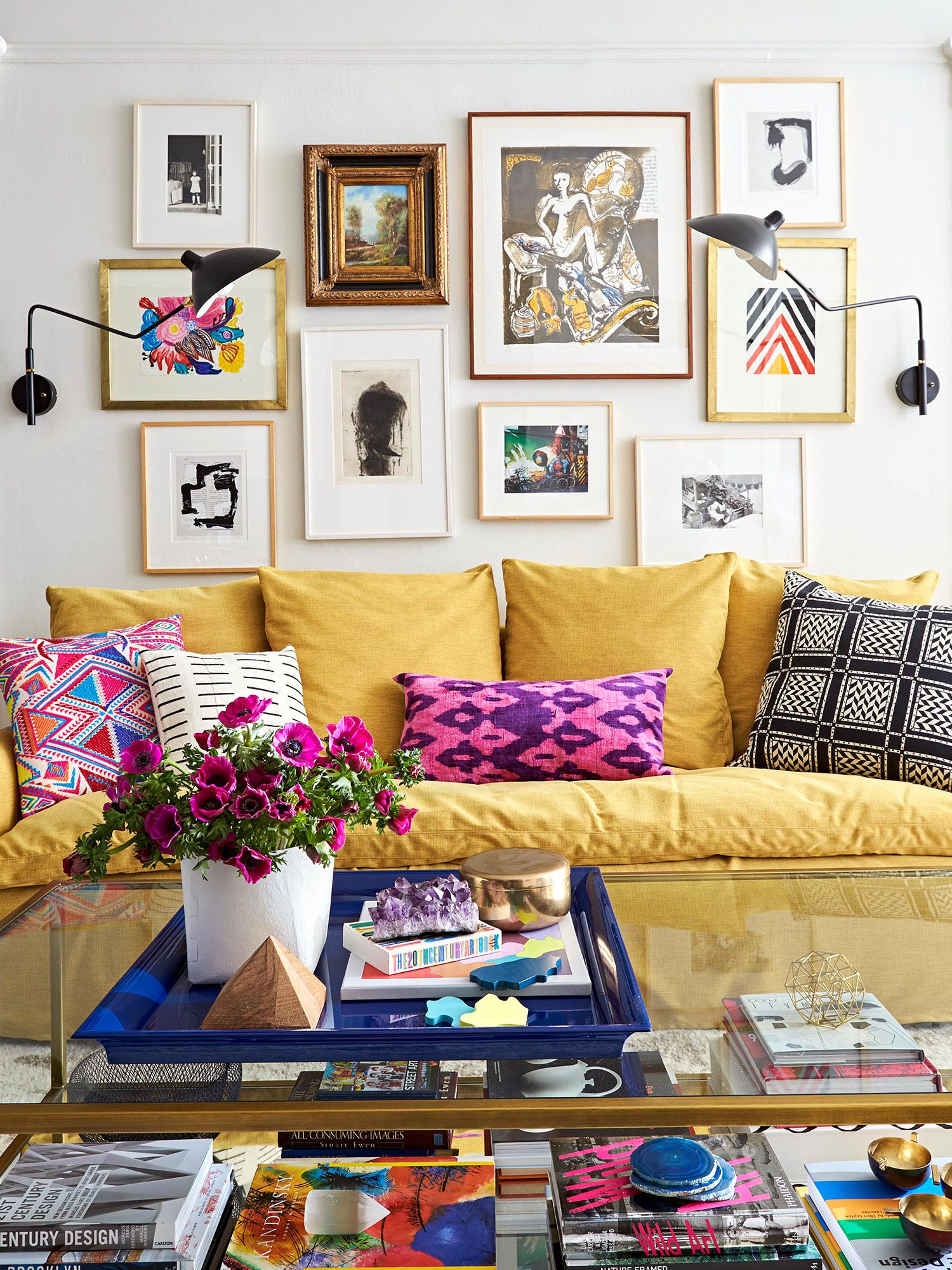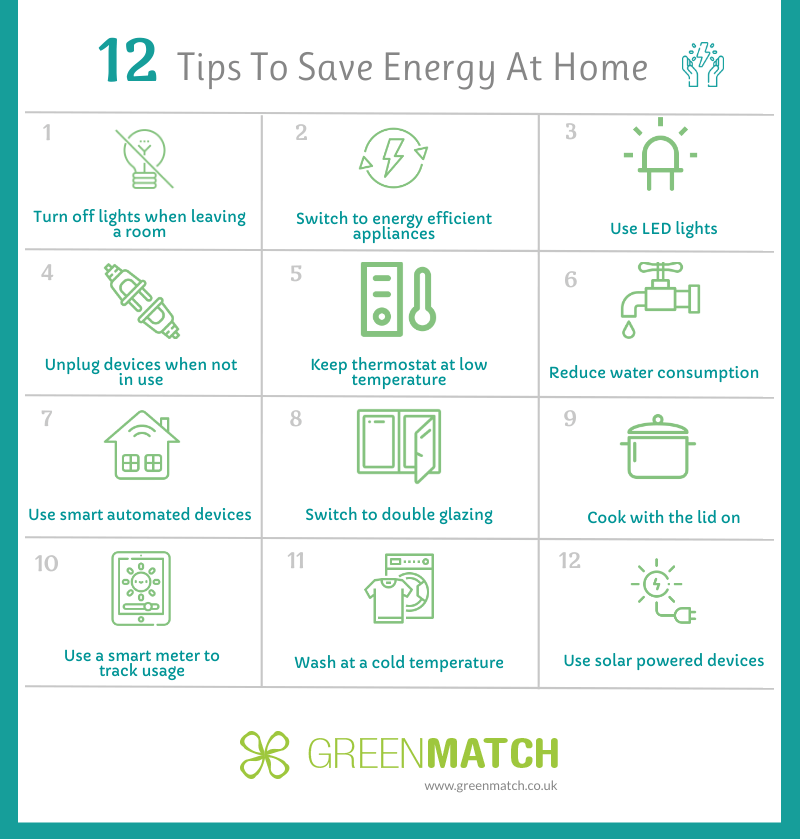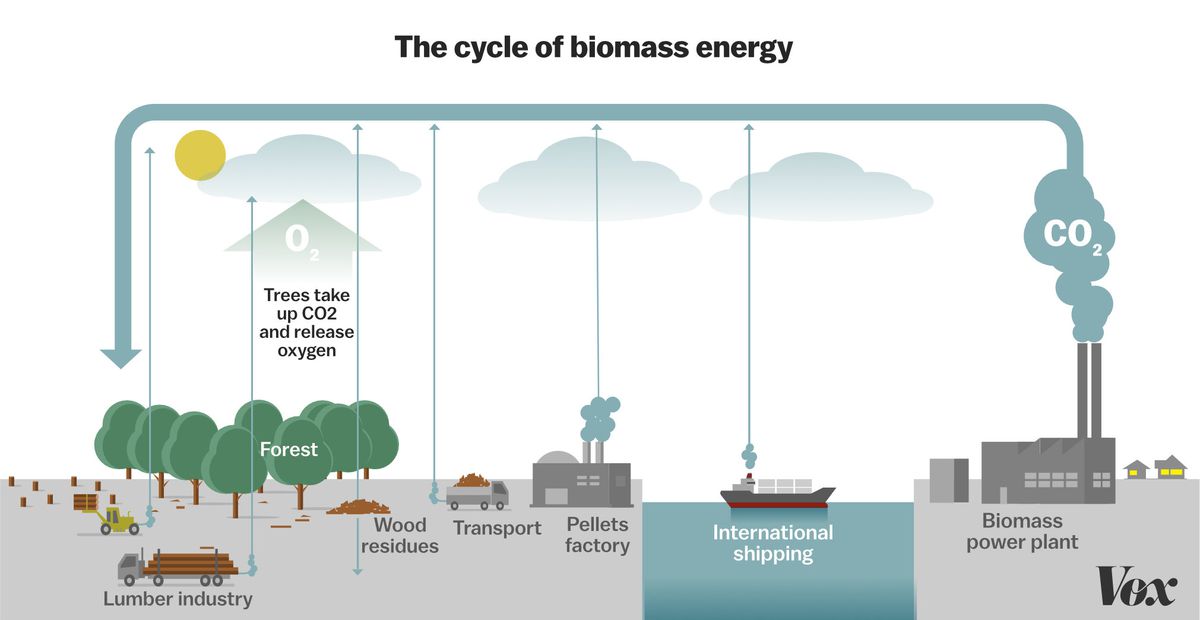Building an eco-friendly home can help you to save money on home maintenance and preserve your environment for the coming generation. However, some of the technical building information and jargon related to environmentally friendly construction could get you overwhelmed, especially when you are building for the first time. Make use of these tips and suggestions to put together an eco-friendly building.
Install Thermal Efficient Doors and Windows
When you install thermally insulated doors and windows, you will prevent the unwanted flow of air into or out of your home. Poorly insulated doors and windows will aid the transfer of heat into your home in summer and out of your home in winter. Thus, you will pay more to keep your home cool or to heat it up. Instead, you should ensure that your builders windows and doors that have insulated frames and multiple glazed glass. This will help to cut of the transfer of air or heat once the doors and windows are shut.
Seal Up Your Air Ducts Properly
Research has shown that about 20 percent of the air that moves through the duct systems in most homes is wasted due to poor connections and leaks. This means that you will be paying higher energy bills if you do not pay adequate attention to the sealing of your ducts. Engage the service of experts to ensure that the ducts in your home are properly sealed and request for regular testing to maintain their efficiency.
Use Efficient Water Taps
Installing efficient taps in your kitchen and bathrooms will help you to conserve precious potable water which is becoming harder to produce and circulate in many communities. One of the most eco-friendly ways to green your home is to use electronically controlled tap that allows water to run only when it is actually needed. This will reduce the water wastage that runs into thousands of gallons per year in many households. It will also reduce your water bill significantly.
Opt for Energy Efficient Lighting
Energy consumed by lighting fixtures account for a substantial amount of your electricity bill every month. In most developed nations, the conventional incandescent light bulb has been banned so you can only choose between the compact fluorescent tubes and LED bulbs. Compact fluorescent tubes cost less than LED bulbs, however if you decide to use them, you must make sure you choose a brand that is certified for low energy consumption. Some of the bulbs have electronic circuits that are better optimised than others.
LED bulbs on the other hand come at a higher price, but they last much longer, they can be dimmed when required and they provide directional lighting when necessary. In order to reduce the need for artificial lighting, you should work with your architect and interior designer to ensure that there is adequate natural lighting provided by your doors and windows.
Applying the recommendations provided here will enable you to make your house environmentally friendly from the onset. Building an eco-friendly home will continue to provide cost savings while you live in it. It will add value to your property and make it more attractive to would-be buyers or tenants.
What floor should I choose when trying to cut down on my energy bills?

